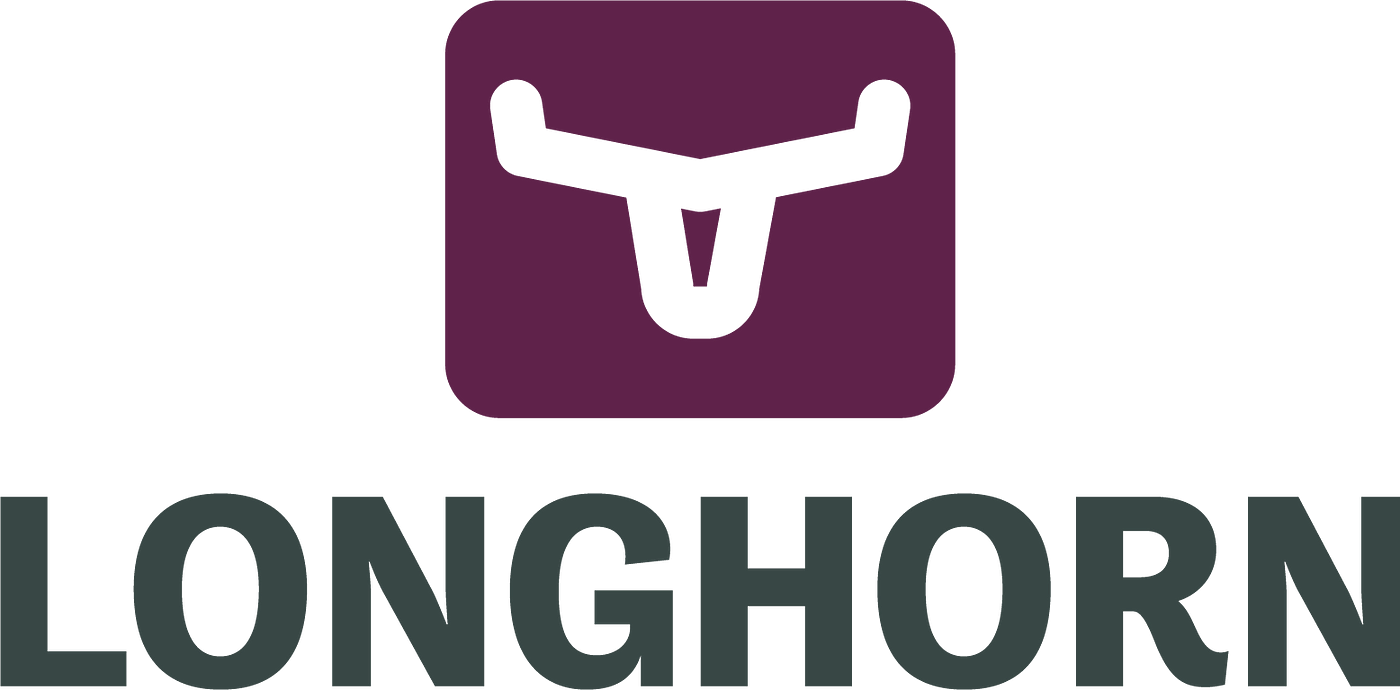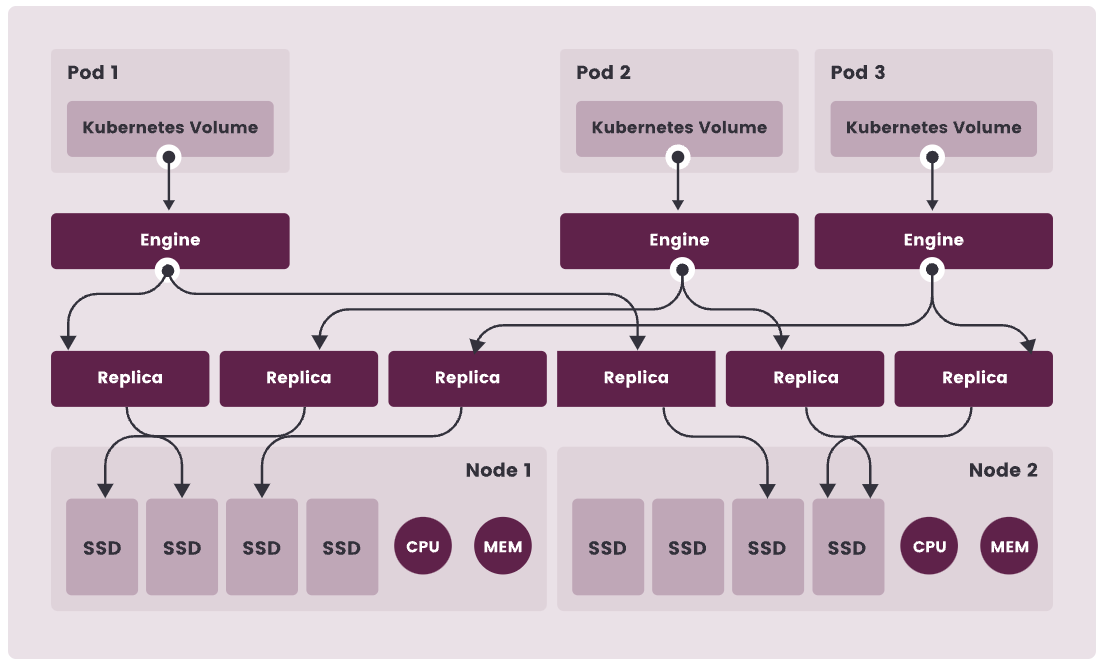Longhorn: Cloud Native Cloud Storage Solution from Rancher for Kubernetes
As organizations embrace containerization and cloud-native architectures, the demand for robust, persistent storage solutions within Kubernetes environments grows rapidly. One of the standout solutions in this space is Longhorn

Introduction
As organizations embrace containerization and cloud-native architectures, the demand for robust, persistent storage solutions within Kubernetes environments grows rapidly. One of the standout solutions in this space is Longhorn, a lightweight, cloud-native, open-source, distributed block storage system designed for Kubernetes. With its mission to simplify storage management while maintaining reliability and high availability, Longhorn has gained traction among Kubernetes users seeking to manage stateful workloads effectively. This article delves deeply into the technical aspects of Longhorn, exploring how it addresses the critical storage challenges in Kubernetes, its architecture, and how it stands up to competitors.
Understanding the Storage Challenge in Kubernetes
Containerized applications, primarily stateless by design, initially left stateful applications on the sidelines in the Kubernetes ecosystem. Stateful applications like databases, messaging systems, and other critical data stores have stringent requirements for persistent, reliable storage that can sustain application restarts, scaling, and migration. Traditional storage solutions, such as NAS (Network-Attached Storage) and SAN (Storage Area Network), often fell short when applied to cloud-native environments, as they were not built to handle the fluid, dynamic nature of containerized applications across multiple nodes and environments.
Longhorn steps in to resolve these gaps with a design that complements the architecture and dynamic nature of Kubernetes. It introduces a cloud-native approach to persistent storage, offering easy management, high availability, and seamless integration with Kubernetes, making it ideal for users who need reliable, distributed storage without the overhead of complex traditional storage systems.
The Evolution of Longhorn

Longhorn originated from Rancher Labs, a pioneer in Kubernetes and container management, as a side project aimed at solving storage needs in Kubernetes. The project gained significant interest as users saw the value in a simple, yet powerful, storage solution that integrates tightly with Kubernetes environments. Over time, Longhorn progressed from an experimental project to an officially supported project under the Cloud Native Computing Foundation (CNCF), which boosted its development and community support.
Today, Longhorn is a mature, reliable solution that continuously evolves with new releases to enhance stability, scalability, and compatibility with various Kubernetes versions. As a CNCF project, Longhorn benefits from community contributions, which accelerate its growth and adaptation to new use cases in cloud-native storage.
Architecture
The architecture of Longhorn is built around containerized microservices, each serving a distinct function, ensuring a high level of modularity and simplicity in operation.

Longhorn's core architecture includes the following components:
- Longhorn Manager: This is the control plane for Longhorn, responsible for coordinating all aspects of volume creation, management, scheduling, and monitoring. The Longhorn Manager orchestrates the entire system, ensuring that each volume maintains the desired number of replicas and health checks.
- Longhorn Engine: The engine is the data plane component responsible for handling I/O requests to and from the storage backend. Each volume in Longhorn has a unique engine that facilitates data replication and is in charge of managing the volume replicas to ensure data consistency.
- Replica Pods: Each volume in Longhorn is backed by multiple replica pods spread across different nodes. This replication mechanism ensures data redundancy, making it possible to withstand node failures without data loss. Each replica pod contains a complete copy of the volume, and they are constantly synchronized to maintain consistency.
- Snapshots and Backups: Longhorn supports native volume snapshots and backups, making it easy to create point-in-time copies of data. These snapshots can be stored locally within the cluster or offloaded to external storage solutions like S3-compatible services, which is crucial for disaster recovery and data retention.
- Separation of Control Plane and Data Plane: Longhorn’s architecture divides the control and data planes to enhance security and performance. The control plane, responsible for management tasks, is isolated from the data plane, which handles data I/O operations, ensuring that storage workloads do not interfere with the management overhead.
Data Replication and Redundancy
One of the distinguishing features of Longhorn is its approach to data redundancy. By replicating data across multiple nodes, Longhorn can continue to serve data even if a node goes offline. Longhorn uses a lightweight replication mechanism where each replica pod holds a copy of the data and synchronizes changes across all replicas in near real-time. In the event of a failure, the Longhorn Manager automatically orchestrates the creation of new replicas on other nodes, maintaining the desired replica count and data integrity.

Core Solutions Longhorn Offers
Longhorn is designed to simplify storage management while offering high availability and data resilience. Here are some core solutions it brings to Kubernetes environments:
- Data Resiliency: Through real-time replication, Longhorn ensures that data remains available even during node failures, protecting against hardware or network faults.
- Automated Volume Snapshots and Backup: Longhorn supports scheduled and on-demand snapshots and backups, allowing administrators to safeguard data at specific intervals. The backup feature provides an added layer of protection, allowing snapshots to be saved to external object storage, such as S3-compatible services.
- Simplified Management: Longhorn includes a user-friendly interface that integrates with popular Kubernetes dashboards. This makes it easy for users to deploy, configure, and monitor storage volumes without needing extensive storage expertise.

- Scalability and Lightweight Footprint: Built as a cloud-native application, Longhorn is lightweight and scales horizontally across nodes, allowing users to start small and grow their storage needs incrementally.
Comparison with Storage Engine
Longhorn competes with other Kubernetes storage solutions such as Ceph, Portworx, and OpenEBS, each offering its unique set of features and trade-offs.
- Ceph: A highly scalable and mature solution, Ceph offers object, block, and file storage. However, Ceph is known for its complexity and resource demands, making it ideal for large-scale environments but potentially overkill for smaller Kubernetes clusters.
- Portworx: A commercial solution providing advanced data management features like encryption, disaster recovery, and backup. While feature-rich, it comes at a higher cost and complexity, suitable for enterprises with advanced storage needs.
- OpenEBS: Another open-source solution focused on cloud-native environments. OpenEBS has different storage engines, but it may not offer the same level of seamless Kubernetes integration or simplicity as Longhorn.
Longhorn’s edge lies in its lightweight, easy-to-manage design, making it particularly attractive for small to medium-sized Kubernetes clusters where ease of use, reliability, and cost efficiency are primary considerations.
| Storage Solution | Description | Pros | Cons |
|---|---|---|---|
| Longhorn | A lightweight, cloud-native, distributed block storage solution for Kubernetes developed by Rancher Labs. |
|
|
| Ceph | A mature, scalable storage solution offering block, file, and object storage. |
|
|
| Portworx | A commercial solution with advanced data management features for containerized applications. |
|
|
| OpenEBS | An open-source solution focused on cloud-native storage for Kubernetes. |
|
|
Integrating Longhorn with Kubernetes

Longhorn is designed to integrate seamlessly with Kubernetes, supporting the Container Storage Interface (CSI) standard. This integration allows Longhorn volumes to be managed just like any other Kubernetes resource, with native support for Persistent Volumes (PV) and Persistent Volume Claims (PVC). Longhorn’s CSI implementation supports essential operations like dynamic provisioning, resizing, and deletion, enabling Kubernetes administrators to automate the lifecycle of storage volumes.
The automated nature of Longhorn’s volume management, combined with its snapshot and backup features, makes it an excellent choice for dynamic applications that need storage operations to be performed automatically and transparently.
Best Use Cases for Longhorn
Longhorn is suitable for a variety of use cases, particularly in environments where lightweight, highly available storage is needed. Ideal scenarios include:
- Edge Deployments: Longhorn’s lightweight design makes it a good fit for edge environments where resources are limited, yet availability and resilience are critical.
- Development and Testing Environments: Its simplicity and ease of deployment make Longhorn ideal for development environments, where flexibility and rapid setup are more important than complex enterprise-grade features.
- Hybrid and Multi-Cloud Architectures: Longhorn’s compatibility with Kubernetes across different cloud providers allows it to function in hybrid or multi-cloud environments, providing a consistent storage layer regardless of the underlying infrastructure.
